Continuing our series of moving awkward items, this week we’re discussing how to move those expensive, sensitive electronics!
In our modern age of technology, many of us have a large collection of electronic devices in our homes, many of which are delicate and a punch to the wallet to replace if damaged. To avoid having to take a depressing trip to your preferred appliance store, follow these handy directions for moving your various electronics:
The Big Screen TV
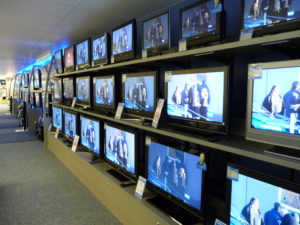 Fortunately, though big screen TVs are becoming larger as time passes, they’re also relatively light compared to their size. However, you still might want to have some help, as their size and shape can make moving awkward. Follow these tips for moving one of your biggest (and most expensive), electronics!
Fortunately, though big screen TVs are becoming larger as time passes, they’re also relatively light compared to their size. However, you still might want to have some help, as their size and shape can make moving awkward. Follow these tips for moving one of your biggest (and most expensive), electronics!
- The bigger the TV, the more awkward it will be to navigate out of your home. Make sure you not only have extra help to carry the TV, but to hold doors and direct you to your moving vehicle.
- Be sure to have blankets or furniture padding on hand to cover the TV and protect the screen from potential damage. You can buy or rent furniture padding from a local moving company, such as Central Lakes Region Movers.
- Given the size of big screen TVs these days, it may be wise to rent or buy strapping to hold that sucker down, so that it doesn’t jostle and risk becoming damaged during the drive to the new home. You can also use these straps to secure the furniture padding to the TV.
- To wrap the TV, put the padding on the floor, and carefully set the TV on top of it, standing up. Fold the fabric around the TV, like wrapping a present. Here’s where extra hands might be helpful; have your helpers hold the blankets in place while you either tape or strap the padding in place.
- Once wrapped, it’s time to carry it out. Always carry the TV in its standing position–never lay it face down, as you risk damaging the screen or the internal electronics.
- When placing the TV in the moving vehicle, the best position for it is against a wall or seat backs. Be sure to surround it in items that won’t likely shift during the move. Make sure sharp corners or objects are nowhere near the screen, just in case.
The Desktop PC
We recognize that your PC is important to you, and that damaging one is often akin to losing a beloved pet. Be careful and take your time, while following these directions! As a bonus, they can also be applied to other electronics, like game systems and small appliances!

- First, make backup copies of your important documents, just in case the worst should happen. You can put your files on CDs, thumb drives, external hard drives, or make use of the many cloud options available.
- Do some prep: take pictures of how the cords go in your computer and monitor, so it’s easier to put back together later.
- Shut down the computer and remove the cords. Consider winding them and securing them with twisty-ties to keep them from tangling together during the move. Also, be sure they are all packed together in a box or sealable bag–loose cords have a tendency to disappear during a move.
- When packing the computer itself, consider using a dishpak box, as they are designed to protect fragile items. You can get them from your local moving company. You can also use double corrugated boxes.
- Make sure whatever box you wind up using is double-taped to ensure stability. Pack the bottom of the box with packing paper for padding, and put the heaviest part of the computer–usually the computer tower–in the box first. You may wish to use separate boxes for the monitor and tower.
- To wrap the monitor, use bubble wrap. Lay the wrap on a table or other flat surface, bubble-side up. Place the monitor upright, just like the TV, and wrap it similarly. Secure the wrap with packing tape. Repeat with the tower, keeping the tower upright, and covered on all sides.
- When placing both items in their box(es), make sure they are still upright, and that the box is labeled to reflect that it should remain that way throughout the course of the move. If you’re packing the monitor in with the tower, add some extra bubble wrap or a section of cardboard between the two objects for added protection.
- Computers don’t like overheating or moisture, so make sure your PC is one of the first things to get moved into your new place! If you can, keep it in your car with your other valuables to ensure it has as safe a drive as possible.
And Many More
Of course, there are lot of other types of electronics out there that we haven’t covered, but hopefully this will get you started! We’ll be covering the major appliances in the future, so keep an eye out!
Do you have any sad stories about electronic packing failures? Share them with us – we’ll be happy to commiserate.

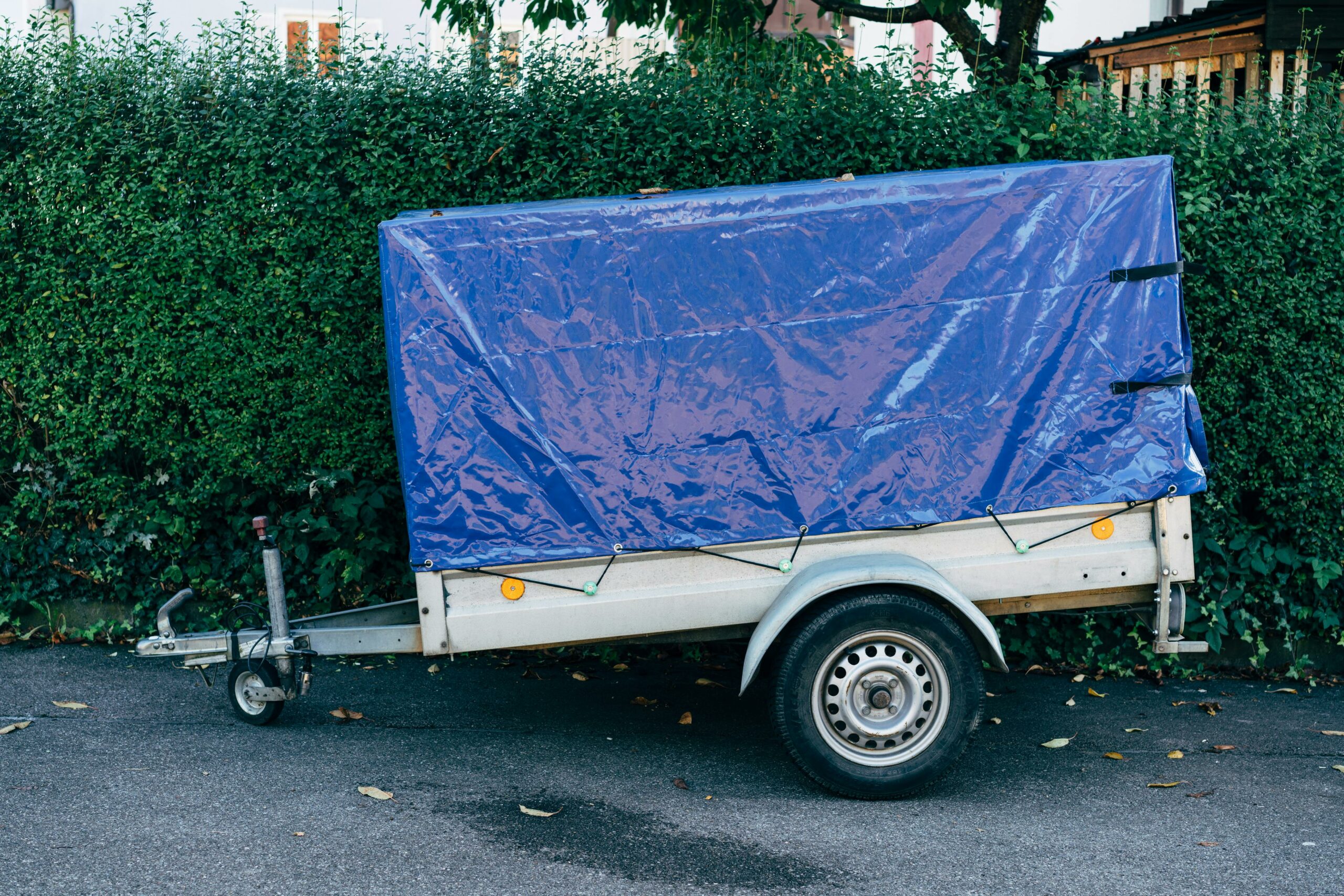




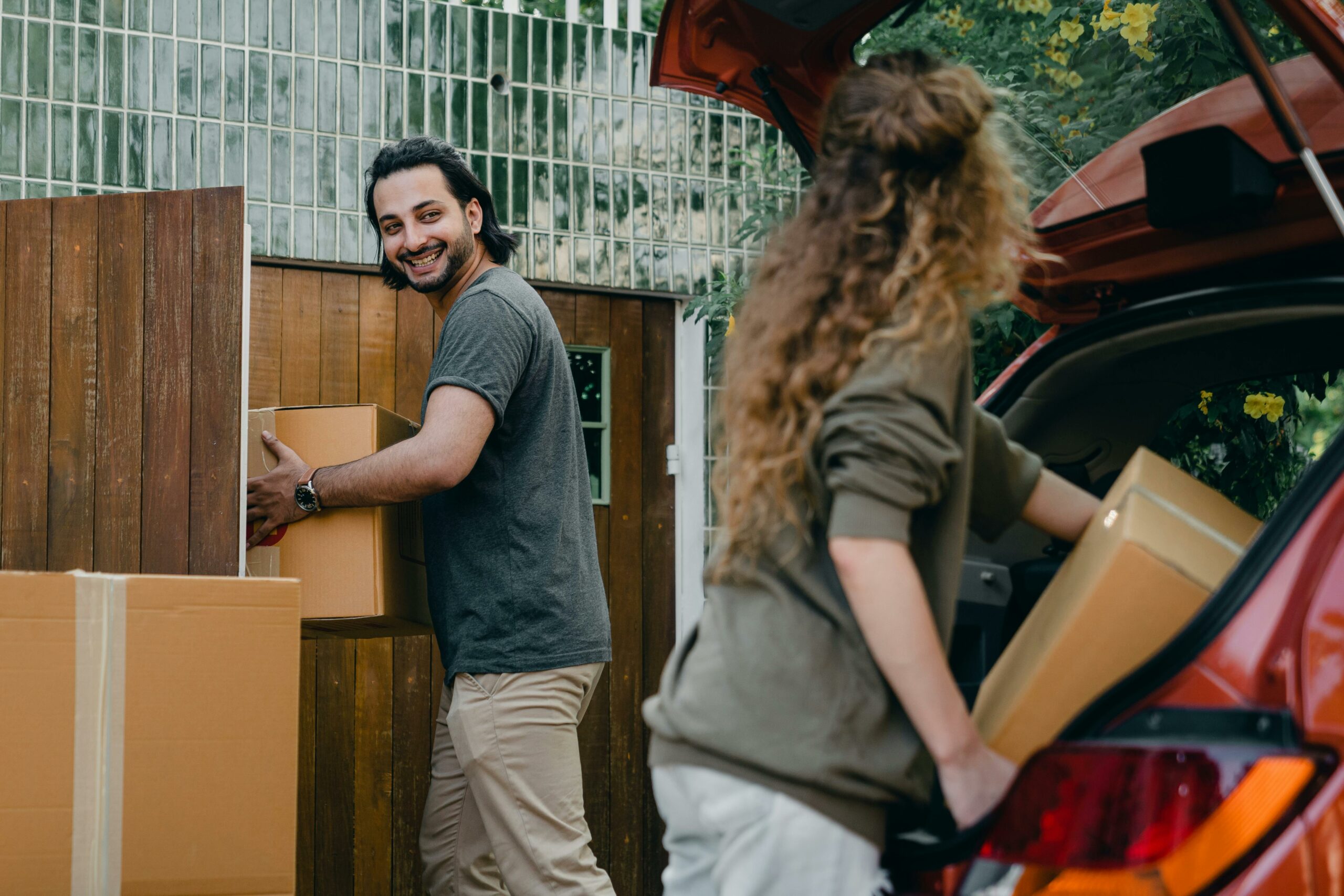
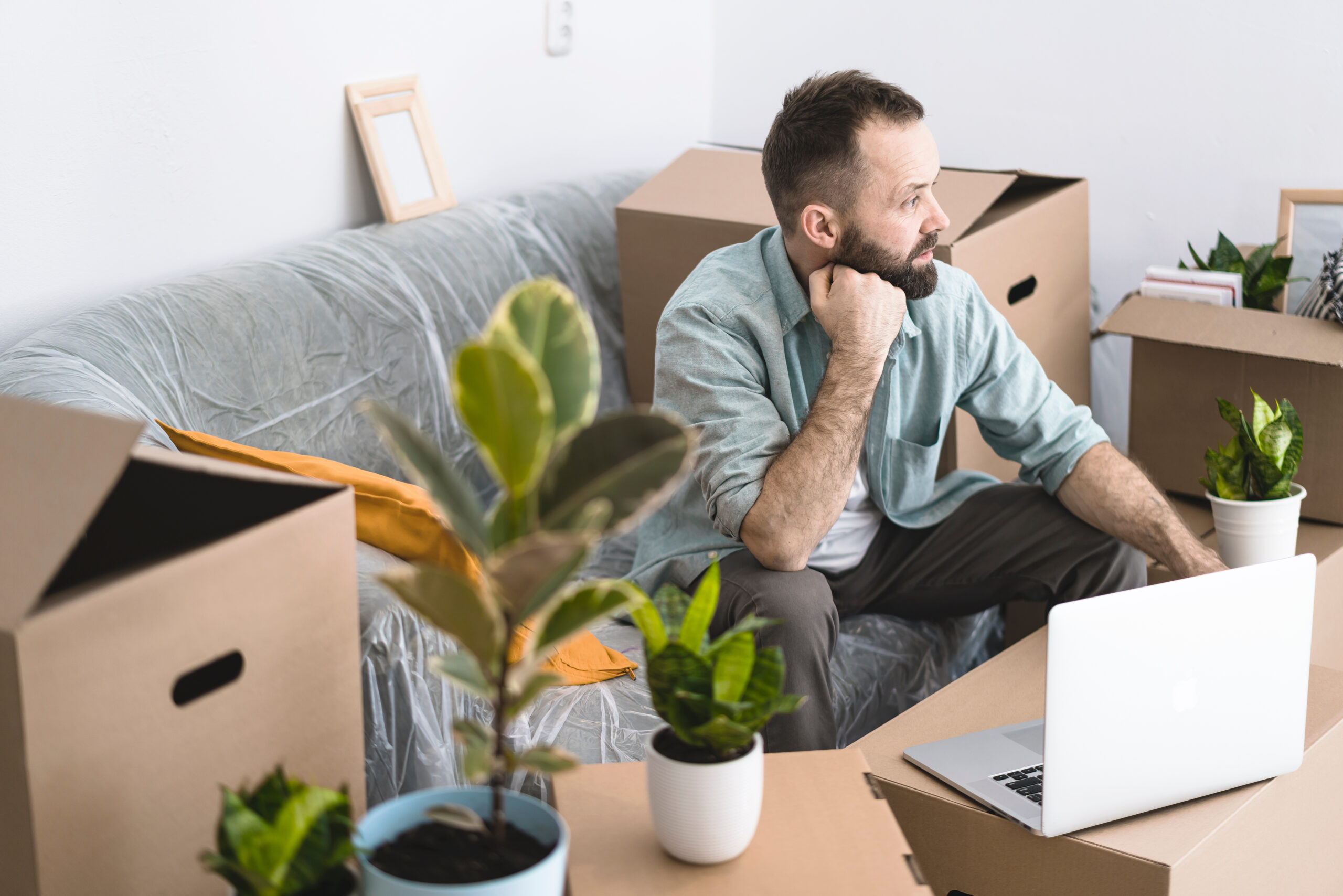

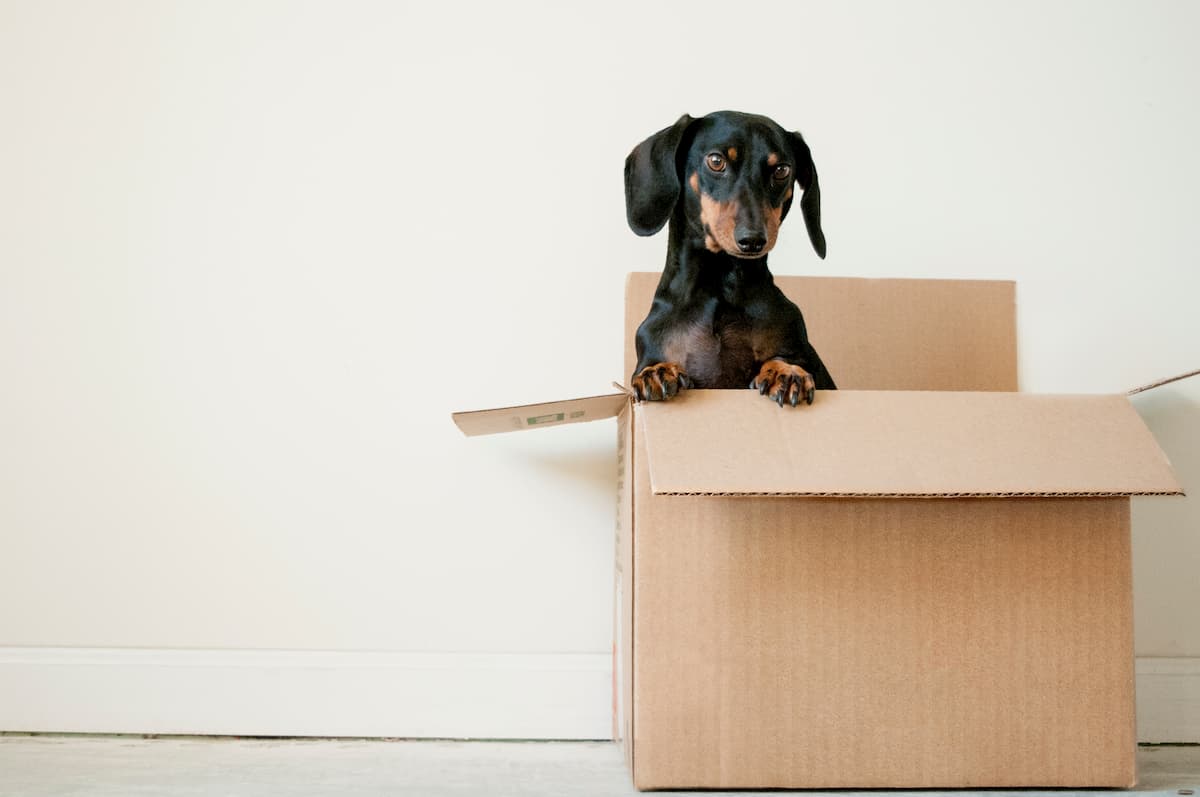
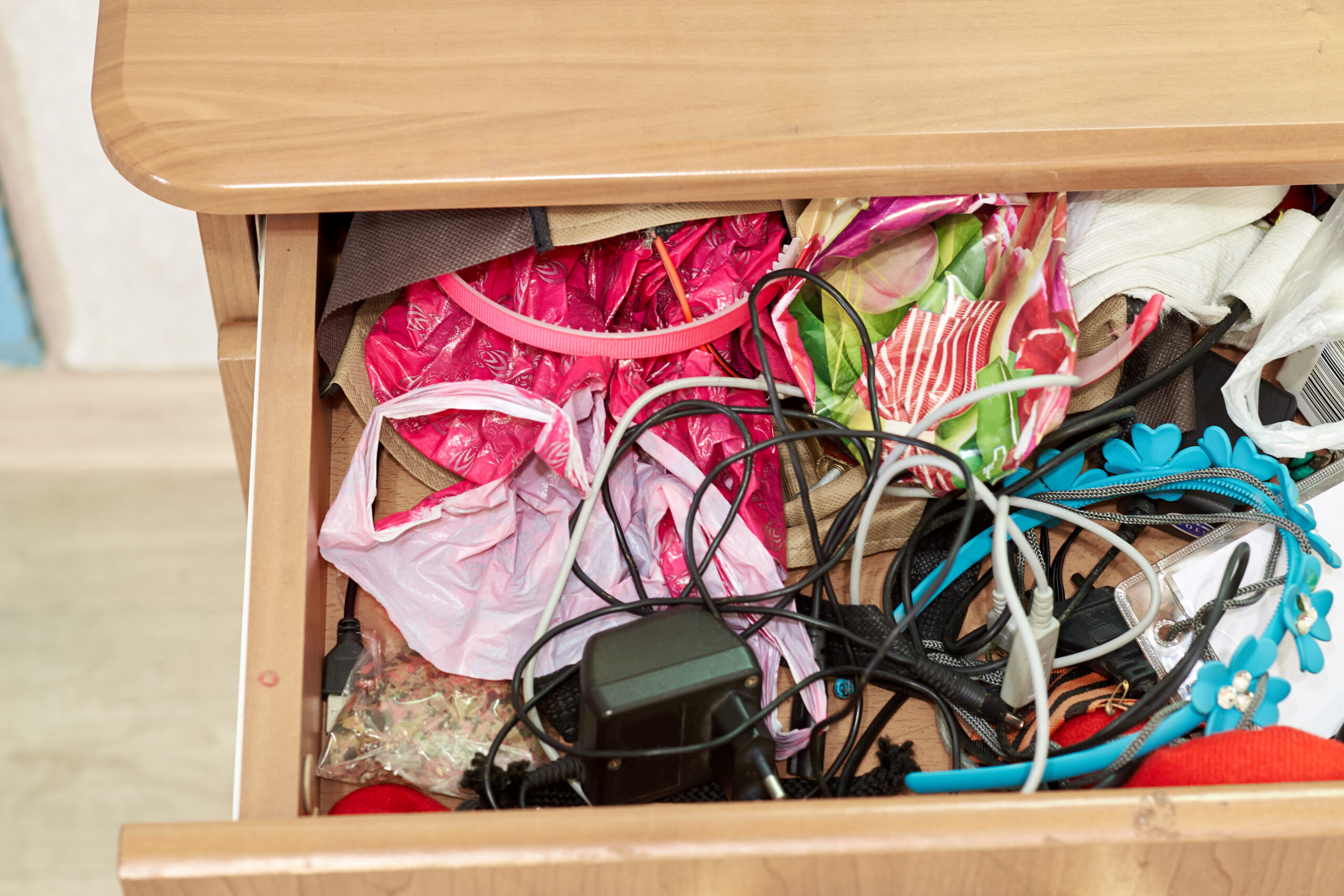
One thought on “How to Move Awkward Items: Electronics, Part 2”
Comments are closed.